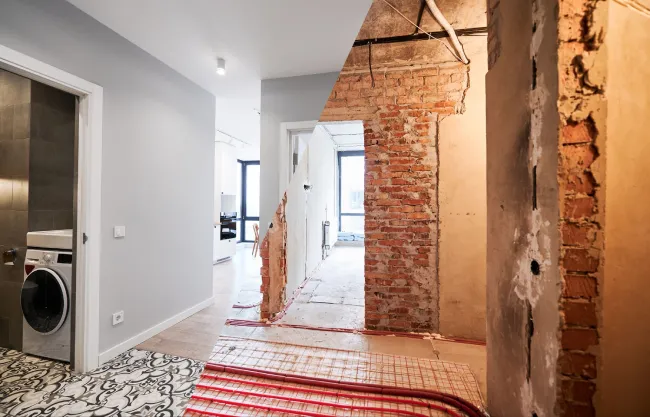If you’re starting to invest in real estate or working as a developer you know how important it is to have the right financing and funding to keep everything moving forward. One of the ways to do that is through bridge financing, which is a type of loan that bridges the gap between a property that you’re selling and the one you’re about to buy.
It can be used to cover closing costs and other expenses, and works like a down payment on one home before selling the current one. Is this loan right for your needs? This is something only you can decide, and it’s easier with knowledge of these kinds of loans and what to expect from them. Here’s how bridge loans work, and what to know about their pros and cons.
The Pros of Choosing a Bridge Loan
The pros can definitely outweigh the cons of bridge loans under the right circumstances, especially for developers and investors who do a higher volume of real estate deals and are looking to keep their cash flow moving. While it’s not a perfect solution and there are some concerns to think about, most investors see the advantages as outweighing any problems or risks
Get Immediate Access to Cash
One of the biggest pros when applying for a bridge loan is that you can get immediate access to cash. If you’re buying a new home, for yourself or as an investment, that quick access could be what helps you seal the deal. This can reduce closing delays and stop you from losing out to another buyer.
Bridge Loans Provide Great Flexibility
You’ll have more flexibility with a bridge loan, because you can use the equity in your current home as collateral and have a good chance of getting approved. This is a short term loan, so you won’t be dealing with the payments for years. Instead, you’ll use this loan to bridge the gap while you wait for a property to sell. When it sells, you can use that money to pay off the bridge loan. You can also get a traditional mortgage and pay it off that way.
If you’re a developer, for example, you might want to use a bridge loan to buy a property to flip. Then, you’ll pay it off when another property you’ve already flipped sells, or when the property you bought sells and the buyers get a traditional mortgage on it. No matter where you are in the real estate field there are some great ways to use a bridge loan to your advantage.
The Approval Process Is Generally Quick
Another pro is that the application process, underwriting, and funding are typically faster than a traditional mortgage, so you have a lower risk of losing out on a property you want due to the length of time it takes to get financed. A bridge loan requires less than a home equity loan, in most cases, so you can generally get approved and move on to the next phase of your investment or development plans. From helping investors to encouraging growth for large development companies, bridge loans can be great options.
Bridge Loans Cons to Consider
As you look at the pros and cons of bridge loans you have to carefully consider what you really need and whether this type of loan will be the right one for you. For example, one downside of a bridge loan is that it’s not a long term loan. You’ll have to secure other financing or pay it off in some other way within a few months to a few years, depending on the terms of your loan. It’s important to make sure that you have a plan for doing that successfully.
Interest Rates Are Usually Higher
You can expect higher interest rates when compared to a HELOC or a traditional mortgage, which is typically with this kind of shorter-term option. As long as you’re prepared for that, it shouldn’t be a problem. Just remember that you’ll have to make payments on that loan until you finance some other way or otherwise pay it off, so that higher interest could be an issue in some cases.
You’ll Need to Provide Collateral
A bridge loan is a secured debt, and you’ll need collateral. If you’re just getting into the real estate world you might not have a lot of other properties you can use, and if you’re a homeowner you’ll need to have at least 20% equity in your current home in most cases. Of course, the exact specifics of your bridge loan will depend on the lender you choose, and some of them have more options available than others.
Bridge Loans Typically Cost More
The biggest thing to remember is that a bridge loan costs more than a traditional loan, and it’s only designed to be used for a short time. Many investors and developers use these kinds of loans to keep buying and selling properties, as they use the collateral from one property to secure the bridge loan and purchase another home to rent out or resell. The higher interest rate and need to pay the loan off quickly can be big downsides, but they’re manageable if handled correctly.
What Are the Next Steps?
Investors, developers, and homeowners who want to learn more about how bridge loans work, or who are considering using a current property as collateral for a new one can get the information they need by contacting Macoy Capital for their bridge loan needs. We’re here for you, and want to make sure you understand all the bridge loan pros and cons, so you can make the best financial decision for your real estate needs.







